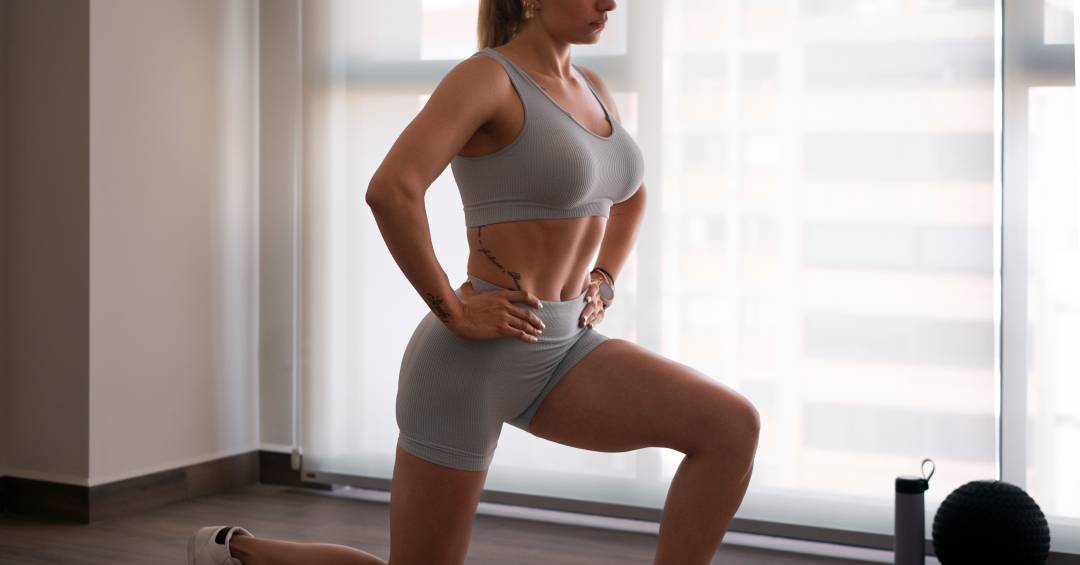

Those who seek to take care of their health by practicing physical activities know that having a strong abdomen goes far beyond aesthetics. This is because core workout is essential to ensure lumbopelvic stability.
According to Eduardo Nettotechnical director of Bodytech Company, the core is made up of 29 superficial and deep muscles. “These muscles, particularly those inside the trunk – in addition to the transverse abdominis, multifidus and rotators of the lumbar region – have been identified as being absolutely essential in the function and control of the lumbar region, therefore playing an important role in stabilizing the spine,” he explains.
Therefore, this region is extremely important and must be strengthened, as it is exactly the place in the body where the center of gravity is located, that is, it is where all movements begin.
What is the function of the core?
The core is responsible for developing power, maintaining balance and improving coordination during movements. “Its objectives range from improving performance to reducing the risk of injury. Professionals believe that improving the core is a vital component to improving athletic performance and avoiding the risk of injury,” says Netto.
From a functional perspective, the core's function is to stabilize the central region both in static actions, such as maintaining daily postures, and producing stability for strength training.
“In addition, it serves as a basis for our body extremities to perform exercises dynamically, producing movement both in isolation and in an integrated manner. In this way, it becomes essential to maintain good levels of strength in this muscle group,” he advises. Roberto GrisaPhysical Education professional, Master in Human Movement and professor of the Advanced Bodybuilding course at UNIGUAÇU College.
Benefits of core training
A core exercise program brings a range of benefits, including:
- Improved static and dynamic muscular balance, awareness and postural control when performing specific movements;
- Prevention of joint and muscle injuries;
- Minimizing energy loss, providing greater motor efficiency;
- Improved strength and flexibility in the lumbar, pelvic and sacroiliac joint regions.
For Grisa, strengthening is just one part of core training. It is necessary to maintain the functionality of these muscles, ensuring not only a good level of strength, but also the ability to stabilize and move, and this includes mobility and motor control training.
“Only in this way will practitioners benefit, regardless of whether their goals are to promote health or athletic performance. This set of training strategies is essential to support the demands of the day, such as work, physical exercise and leisure activities,” he says, emphasizing that strengthening the core is a postural control that everyone should pay attention to.
According to both professionals, when it comes to sports activities and physical exercises performed with external overload, training becomes essential. “From a work perspective, people who work long periods of time standing or long periods sitting have different training needs, but both benefit. With adequate training, they can finish the workday feeling more energetic,” they emphasize.
Who is it suitable for?
According to professionals, the groups that benefit significantly from core strengthening, impacting quality of life and performance in daily activities, are:
> People who spend a lot of time sitting: Sitting for long periods of time can weaken your core and contribute to postural problems and lower back pain. Strengthening your core can help improve posture and reduce associated pain.
> Third age: As we age, loss of muscle mass and decreased stability can increase the risk of falls. Strengthening your core helps improve balance and stability.
> Sportsmen and athletes: Having a strong core is crucial for athletic performance as it provides stability, power and movement efficiency.
> People with lower back pain: This pain is often related to core weakness, so strengthening the area can help relieve discomfort and prevent injuries. Regarding posture, the tip is to keep the curvature of the spine in a normal position. When standing, distribute your weight equally between both legs and do not lean your hips forward. When sitting, do not slide in your chair or slouch over your desk.

